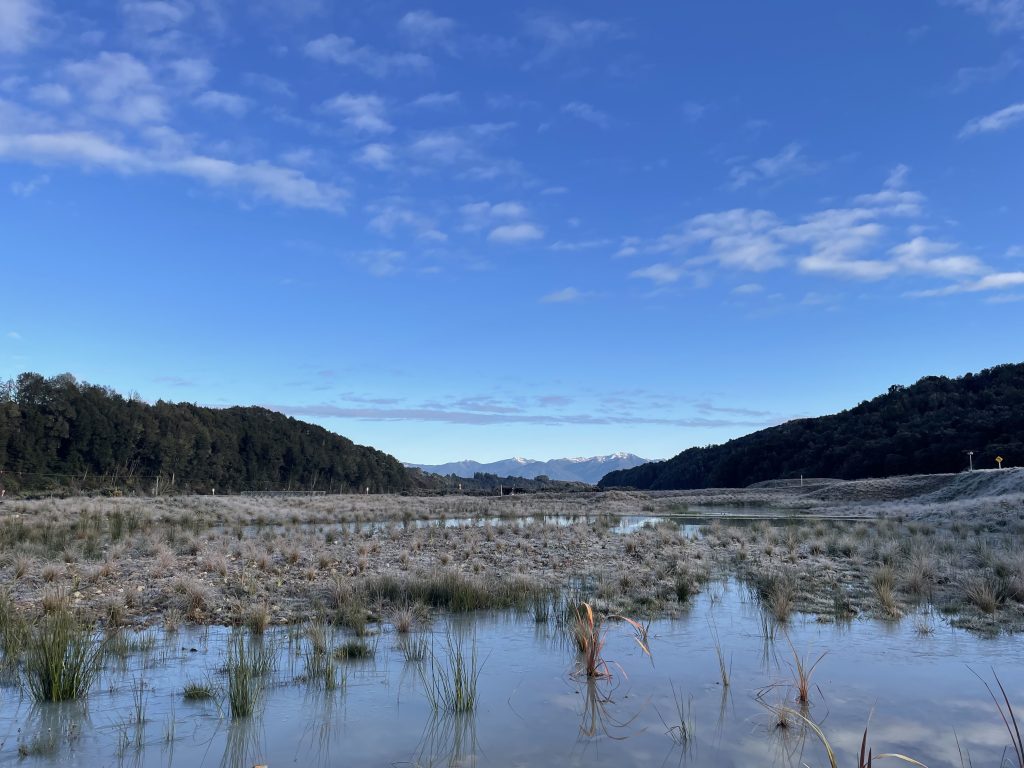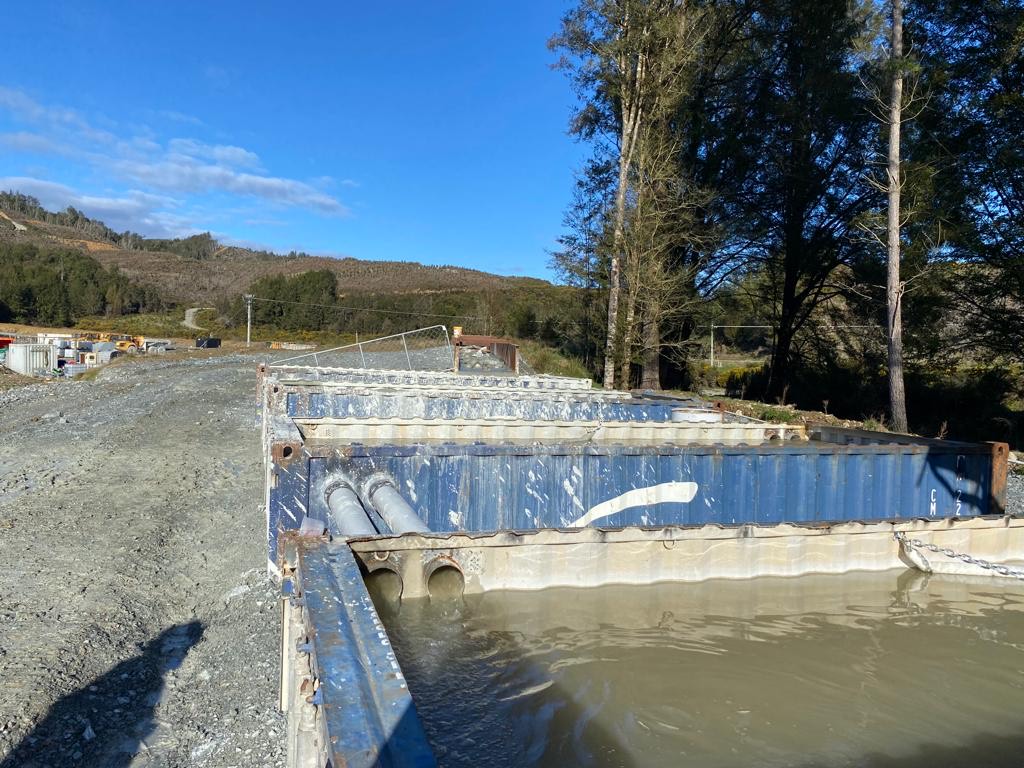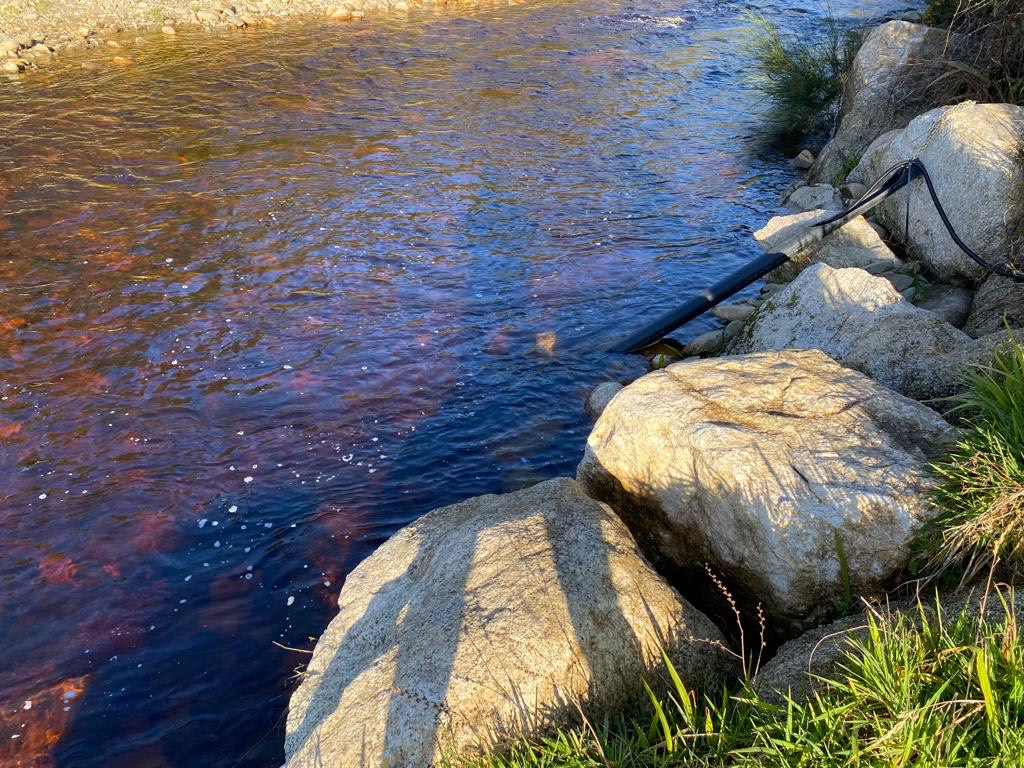
Project Overview
A golden opportunity to monitor water quality at Snowy River mine – New Zealand

Our range of equipment has applications for the mining community at different stages of the process. Here in New Zealand we have installed equipment for Federation Mining. Casandra Yareri Hutt-Tavares. The Birthday Reef at Blackwater mine was discovered in 1905 and the thin vein (only a meter across) was successfully mined for over 45 years. In that time they reached a depth of over 800m below the hills of the Reefton area. Forward to today and a number of diamond cores down at 800 plus meters identified potential for more than 2 Billion NZ dollars of gold baring ground remains. Oceana Gold and Federation Mining jointly ventured to reopen the newly named Snowy River mine.
Over the last 3 years they have developed two access tunnels over 3km into the mountain at a 1 in 7 incline. This just to get to the good stuff which as of yet they have not extracted. The mine is consented to use water from the local Snowy River only a few dozen meters from the tunnel portals for the development process which is “drill and blast”.
The used water exits the mine at about 20L/s, carrying with it silt/sediments from the development operations. The water is passed through a water treatment system which includes coagulant dosing into the water line coming from UG, a long (30 odd meter) flume containing flocculant socks and rocks to help the sediments bind together and drop out of the water. The water then spills into the first of 4 settling tanks (repurposed shipping containers) and spills to the next and the next. By the time the water discharges out of the last tank, what started as milky fluid is nearly clear again (maybe 50NTU). From here it is routed to the first of two much larger settling ponds about the size of half a football field each. The water in the two ponds looks inviting enough for a swim. Actually, more inviting than the source river, which is a dark brown colour, the effect of tannins and other natural occurring minerals. Finally, the water spills into the man-made wetland for “polishing” before finding its way back to the river, through a consented “discharge to land”. The wetland would be close to two football fields long and is planted with prescribed “wetland species” for the final polishing stage.

Our water quality sondes monitor this process at the start and finish plus one upstream in the river as a baseline (consent condition). The mine hopes to start building the ore processing plant at the end of this year. At which point, a mechanised water treatment plant will be installed and commissioned.
